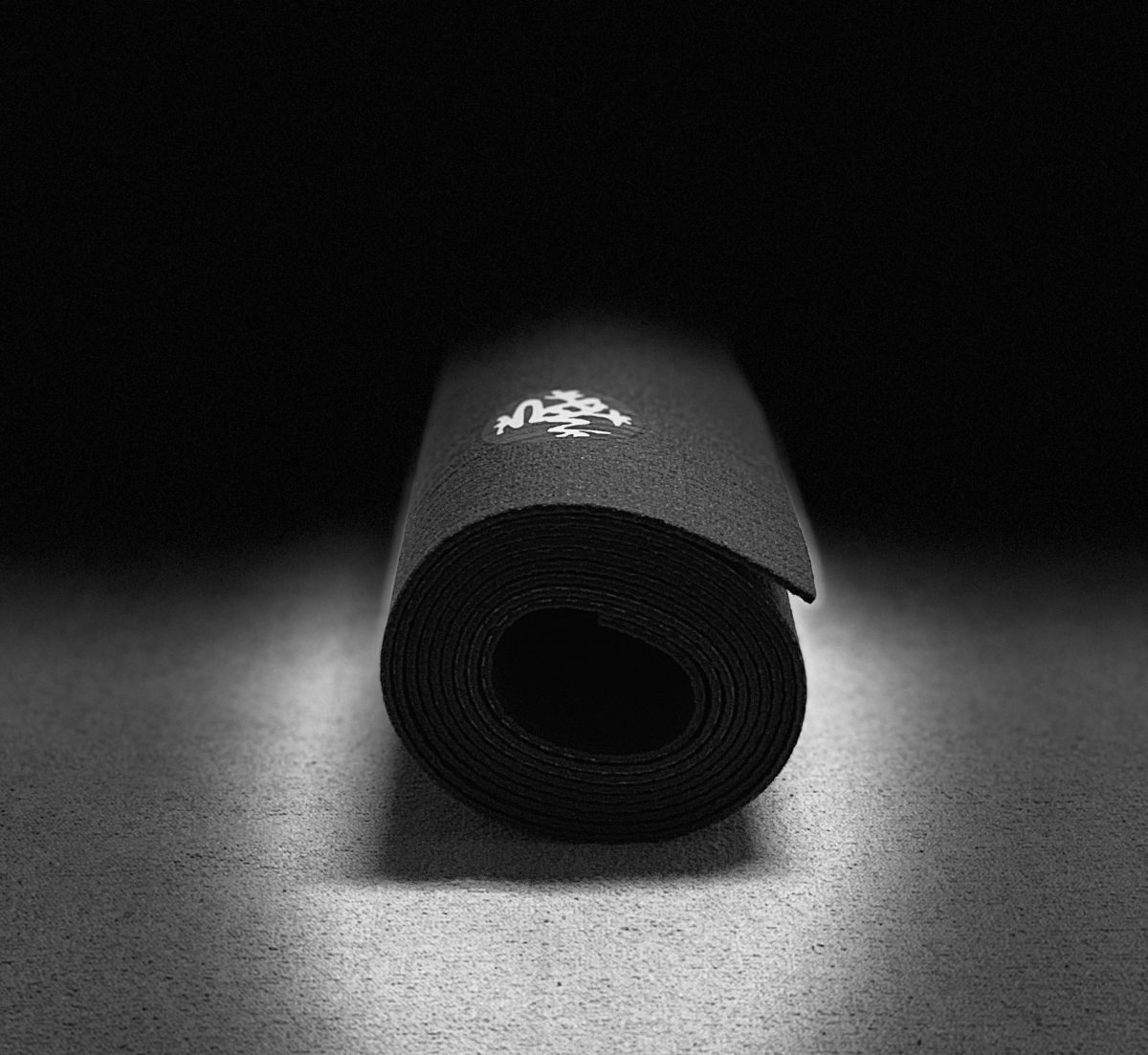By Melissa Bryan
Lead With Love
Lokah Samastah Sukhino Bhavantu.
Could all beings be pleased and free, and should the ideas, phrases and actions of my very own life contribute not directly to that happiness and freedom for all.
Valentine’s Day 2021 not too long ago handed, and as I sit on the alternative aspect of that vacation having simply taught my highschool college students to create heart maps to establish the components of their lives that fill their hearts, and having simply completed Romeo & Juliet with some and Nice Expectations with others, I discover myself reflecting so much on love and the way it works within the universe. Literature helps us query the bigger, and maybe fated, route of our future existence; story syntax gives us that predictive energy.
What, nonetheless, helps us stay these common governing ideas? How will we apply transcendent and deep love in our current? Yoga teaches us that.
These phrases, “Lokah Samastah Sukhino Bhavantu” remind us that love radiates out from us; it’s the hope for everybody to have happiness and be free, and the easiest way to obtain love ourselves is thru contributing to the happiness and freedom of others.
In getting ready for my class on Elie Wiesel’s Night time this week, I learn an excerpt from one other Holocaust survival memoir, Viktor Frankl’s Man’s Seek for Which means . The imprisoned Frankl says of affection whereas questioning if his spouse remains to be alive, “I knew just one thing- which I’ve realized properly by now: Love goes very far past the bodily particular person of the beloved. It finds its deepest that means in his non secular being, his internal self.” Frankl’s expression of affection is one which, I feel, yogis are after after they chant the road, “Lokah Samastah Sukhino Bhavantu.” For him, love is one thing rooted inside oneself, however that concurrently emits outward, too. It isn’t one other particular person, it isn’t shaped by the exterior atmosphere, it isn’t performative nor dependent, and it isn’t doable for an additional to dismantle it; love goes very removed from oneself and really far inside oneself.
By way of a yogic lens, love is happiness and freedom, however it’s really extra the quiet , persistent approach by which we contribute to these experiences for all beings in all places.
If yoga is a way of thinking in spite of everything, and never an motion alone, then a technique we would outline a yogic transcendence and its crucial counterpart, drawing-inward, is as a apply of affection. Actually, the apply of affection is so tethered to the yogic way of thinking that we are sometimes reminded by our lecturers to “lead with love” or “shine our hearts out” as in an ideal bodily effort to manifest that which we chant on the mat and hope to contribute to the world past our mats.
Very similar to love, a wildly difficult and muddy emotion, yoga additionally embraces ambiguity. It is just after a few years that one can perceive that giving love (happiness and freedom to others) begets love in return, proper? Skilled lovers know that love doesn’t relaxation on one other particular person, nor depend on what others suppose or really feel for them. It doesn’t exist or stop to exist with the comings and goings of individuals or locations, and I feel the identical is true of yoga. Now, rounding out 20 years of yoga apply, I can lastly “sense how all of the components…are concerned with one another,” to recall the MoMA’s definition of portray.
I may not ensure of affection’s each stroke or be capable to articulate in phrases how yoga interweaves physique and thoughts or understand how a portray is birthed, however I “sense the components” and might see the picture clearly. Fortuitously, over time, we accrue proprietorship over what we see (artwork), how we apply (yoga), and the way in which we stay (in love).
Final night time, as I lay in my mattress, head underneath my pillow, blocking out remnants of stray gentle, I uncovered what appears so particular about yoga. It’s the way in which yoga virtually instructs all actions – these actions which might be very removed from the mat, are duty-bound to the mat. And as I endeavor to “lead with love” on the mat, I discover I’m able to “shine my coronary heart” towards others at dwelling, at work, on the road, and in each meandering quotidian second of my day. In darkness, I did certainly sense how the components of my existence are all “concerned” with one another, after which I knew I stay a yogic life.
A good looking considered one’s personal selfhood and interrelatedness to the universe to make sure, however what pragmatic duties enable for an unquestioning acceptance of the cloudy connections between physique and thoughts, love and yoga, mat and avenue relationships?
I’d say that the yoga inside me, the apply I purposefully domesticate within the studio, has helped me to acknowledge the ideas and emotions I need to discover (and let go of those I don’t need to caress or nurture any longer) in my thoughts, in my coronary heart, and positively on the web page. To paraphrase a yogi scholar whose class I weekly frequent: these concepts that come to you on the mat will come again to you; if they’re in you, they are going to be there once you go away. In different phrases, these unconsciously spawned insights that spontaneously emerge from the diaphragmatic respiration and the kinesthetic asanas on the mat don’t desert you once you sit listlessly in your sofa at dwelling. The tender, supple intuitions that collect and calm you on the mat start to permeate each interplay off of the mat.
I’m quiet at yoga, and I’m quiet at dwelling. You might be centered within the studio, you might be centered at work.
We hearken to the lecturers whereas on the mat, we hearken to family members off of the mat. Continuity isn’t severed.
In essence, then, the bodily apply of asana (in addition to the concentrate on non secular facets of the apply and a spotlight to ascending chakras) spurs and affords us a mantra-esque framework on which to connect our routine lives and thru which to judge and assess these unpracticed and unmindful phrases, actions, and ideas. With a bit routine and as an earnest pupil, you may practice your self into “yogic considering” when away from the apply in an effort to assess how loving your actions, phrases, and ideas actually are. However, with ample apply and attendance to the self-discipline, you may miraculously generate a loving automaticity when partaking with your self on the mat and with others off of the mat.
Whereas I’ve come to the mat time and time once more over twenty years to hone my bodily apply, it’s the phrases and steerage of my lecturers that reverberate all through my days, all through many months, and all through the years. These phrases and classes effortlessly comply with and move from me in all places and on a regular basis, however that isn’t essentially true of the asana.
Opening Chant
After we open class, fairly often we chant. One opening chant is “Lokah Samastah Sukhino Bhavantu.” The chants might change, alter, and repeat, however the class will chant collectively, and that steerage units us all up for connection. A primary act of affection. It isn’t merely a reference to the folks within the class, although, as a result of typically one’s eyes are closed and your vitality is admittedly drawn inward, however the collective voices do what I keep in mind my youngsters’s yoga trainer coaching stated concerning the objective of “Om;” particularly, Om, like chanting a phrase, is about looking for a common vibration. Whereas we’re inside, we’re additionally with out. Whereas we search the depth of our souls or psyches, we’re additionally hoping to channel, I feel, considerably concurrently, a union with all issues within the universe. We’re asking collectively that each one beings are pleased and free, and we hope our apply will “contribute” like to them. As they are saying, “That which we manifest….” It’s a fairly highly effective second.
As with most openings, the Om or the mantra are paired with the setting of 1’s intention or dedication. Lecturers direct us to apply for an additional, not for oneself. In my case, whereas I’m on the mat, I are inclined to have a fairly constant intention or particular person to whom I dedicate the apply, however what I notice about intentions, just like the apply now we have within the bodily expressions of asanas, is that they aren’t resolutions nor should they be achieved or received.
There are numerous days when I’m not at my finest and once I shouldn’t have a “regular gaze and regular breath,” and subsequently, I transfer by way of the move and not using a “regular thoughts.” Some days, I’m only a weak, sluggish blob, however I proceed to go, set an intention, sing out with my fellow yogis, and I’m safe within the notion that my mat intentions, whether or not I apply mindfully or not that day, are going far with out and inside nonetheless. How do I do know? I do know as a result of, as my lecturers have stated, “every part is linked;” after we go away yoga we really feel higher, and we act higher, and we merely “sense” that connectedness.
The opening facets of a category, the chants and dedications, Oms and intentions, I feel are like the center maps I assigned my college students this previous February. They embody the entire items of our being – the blissful and the damaged. I can put them on a web page to learn or take into account them as I transfer at school; I could probably not understand how the items are concerned with each other, however I sense the image. I do know they make up my coronary heart.
All that designs the center, subsequently, is the explanation we apply life, simply because the intentions we set are why we apply yoga. If now we have a nasty day or really feel blue, we skilled practitioners know that there is no such thing as a self-damnation, unfavorable narcissism, nor paralytic self-consciousness as a result of our focus was all set for the love of others. There’s “no drama, simply loads of rama .” (advantage or chivalry)
To cite my similar most sagacious – if at occasions hilariously cantankerous – yoga grasp:
Who you might be on the mat, is who you might be in life.
Training Love: Mat Applicability
In top-ten, listicle style, beneath is a smattering of some accrued teacherly “isms” which have a helpful influence on the mat and off of the mat. These axiomatic expressions represent the methods by which we are able to have a look at and study our lives as a lot as our yoga apply. They reposition us at school, however in life as properly. They’re, hopefully, the gleaned framework that girds our unattended and unloving ideas.
1. “Set your drishti”
2. “Make any actions you’ll want to, then settle in”
3. “One breath, one motion”
4. “For those who fall out, get again in”
5. “Inhale to elongate, exhale to deepen”
6. “Your ideas should not your self”
7. “If it’s onerous to get out of, you might be doing it proper”
8. “Take away all props”
9. “With out disturbing others, come to take a seat up”
10. “Shanti, shanti, shanti” – peace, peace, peace
When you consider these strains within the context of a yoga class, all of us training yogis perceive the facility of pranayama, the problem of balancing poses, the essentiality of managing your ideas and distancing your self healthfully from the obsessive eddies of the thoughts, the uncomfortable and painful dismounts or exits from splits or backbends, and the time to prepared your self for the unsupported and flaccid corpse-like finish of sophistication. The entire apply although, and certainly every line shared right here, is an train in love (being pleased and free). Take into consideration making use of a few of these exact same phrases to your life outdoors of the studio and off of the mat.
Take a second and actually take into consideration these very phrases within the context of your relationships. I hope you’ll sense the identical image that I’ve; particularly, every part is linked and thru yoga, it’s fairly easy to apply a extra loving life.
“Namaste, have a very good day.”
Additional Studying
Ode To Psyche
E
ditor’s word: It is a visitor publish by Melissa Bryan, a Karma Youngsters-trained youngsters’s yoga trainer, a twenty-year training yogi, and a highschool English and ESL trainer in New Jersey. She holds an MA in Educating English, an ESL certification, and she or he is incomes an MA in Artistic Writing and Literature. She can also be an adjunct professor in Writing and Evaluation in ESL, and she or he is a trainer advisor with the Nationwide Writing Venture on the Drew Writing Venture/Digital Literacies Collaborative in Madison, NJ.











